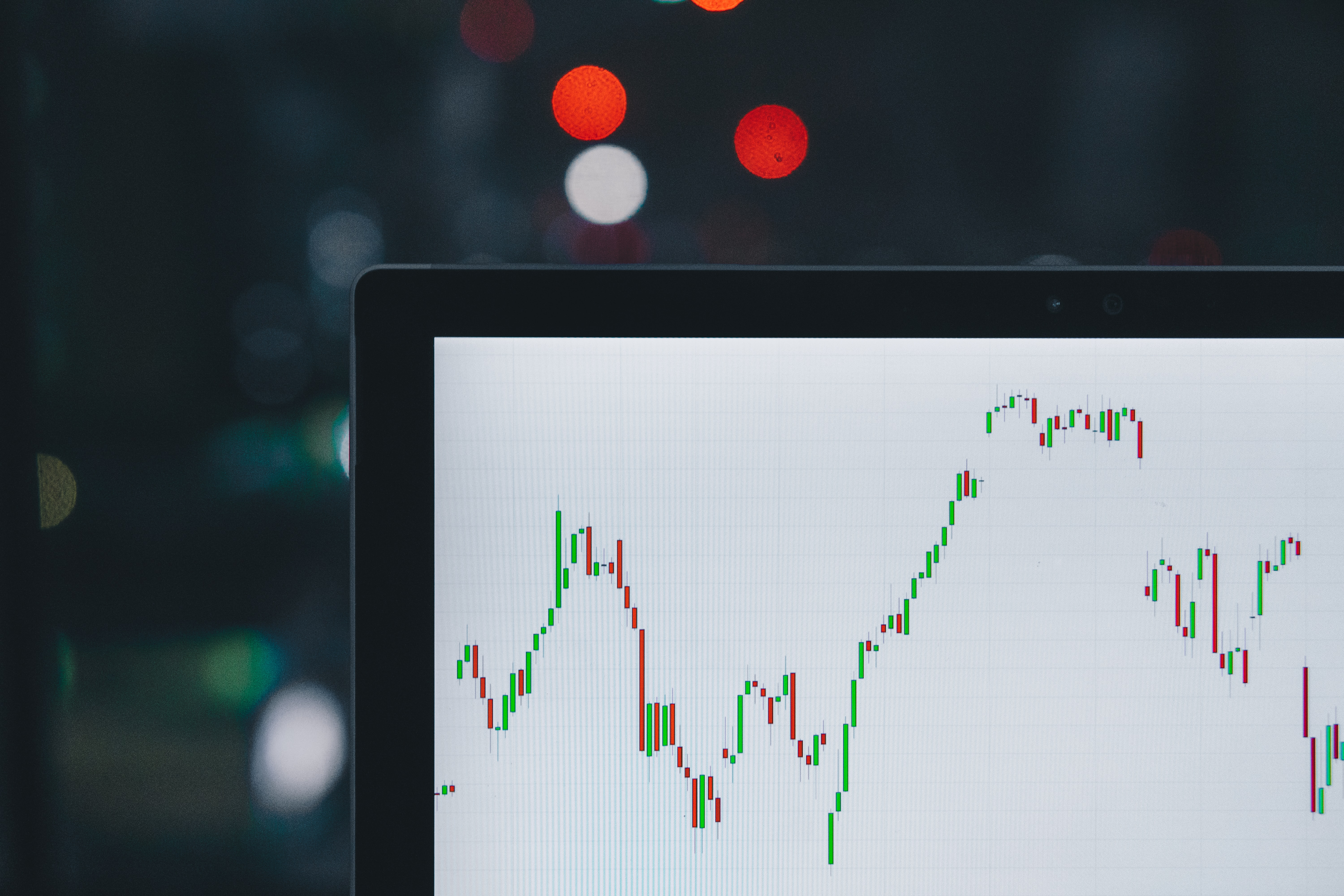As data visualization continues to be an essential part of most organizations’ data and analytics strategies, developers are looking to take a more active role in data visualization projects. In March 2022, G2 launched its Data Visualization Libraries software category to address a dev-centric area in the data visualization space.
Data visualization libraries empower the developer
Data visualization platforms have long been used to aid companies with their data storytelling needs. These platforms can help take complex analytics and simplify them in a way that’s easily digestible for large audiences. These tools typically have business users in mind, as opposed to technical users.
Data visualization libraries are different in that they focus on aiding users with a more technical background.
What are Data Visualization Libraries?
Data visualization libraries, also known as data visualization components, help developers in the development of different data visuals for web and mobile projects. These visualizations help illustrate large amounts of data, usually in the form of charts and graphs. This lets creators communicate the complexities of data and analytics in an easily digestible, understandable way.
Data visualization components are often built with specific web frameworks in mind, such as React, Angular, and Vue.
How do data visualization libraries help?
While several users in an organization can benefit from data visualization libraries, technical users will benefit the most. Many of the products in the traditional data visualization space are “no code”, meaning users do not need to have a traditional coding background. Instead, data visualization libraries are designed with more technical users in mind. They are often built with key web frameworks, such as React, Angular, and Vue. They are less likely to be self-service for most users and may require a trained developer to work with them.
While this might sound like a drawback, there are benefits to data visualization libraries being more technical in nature. Developers gain more control over how they want to build and create visualizations. They can also be integrated into Java web frameworks and other side-programming languages. These charts are also often interactive, meaning that they can be easily edited as needed and can even respond to real-time updates.

Looking forward
At G2, we’ll continue to update our taxonomy to represent emerging software markets. While the data visualization library space is not as robust as the traditional data visualization space, it’s an important piece of the data and analytics community. We expect to see more products added to the category as the data visualization libraries market continues to evolve rapidly.

